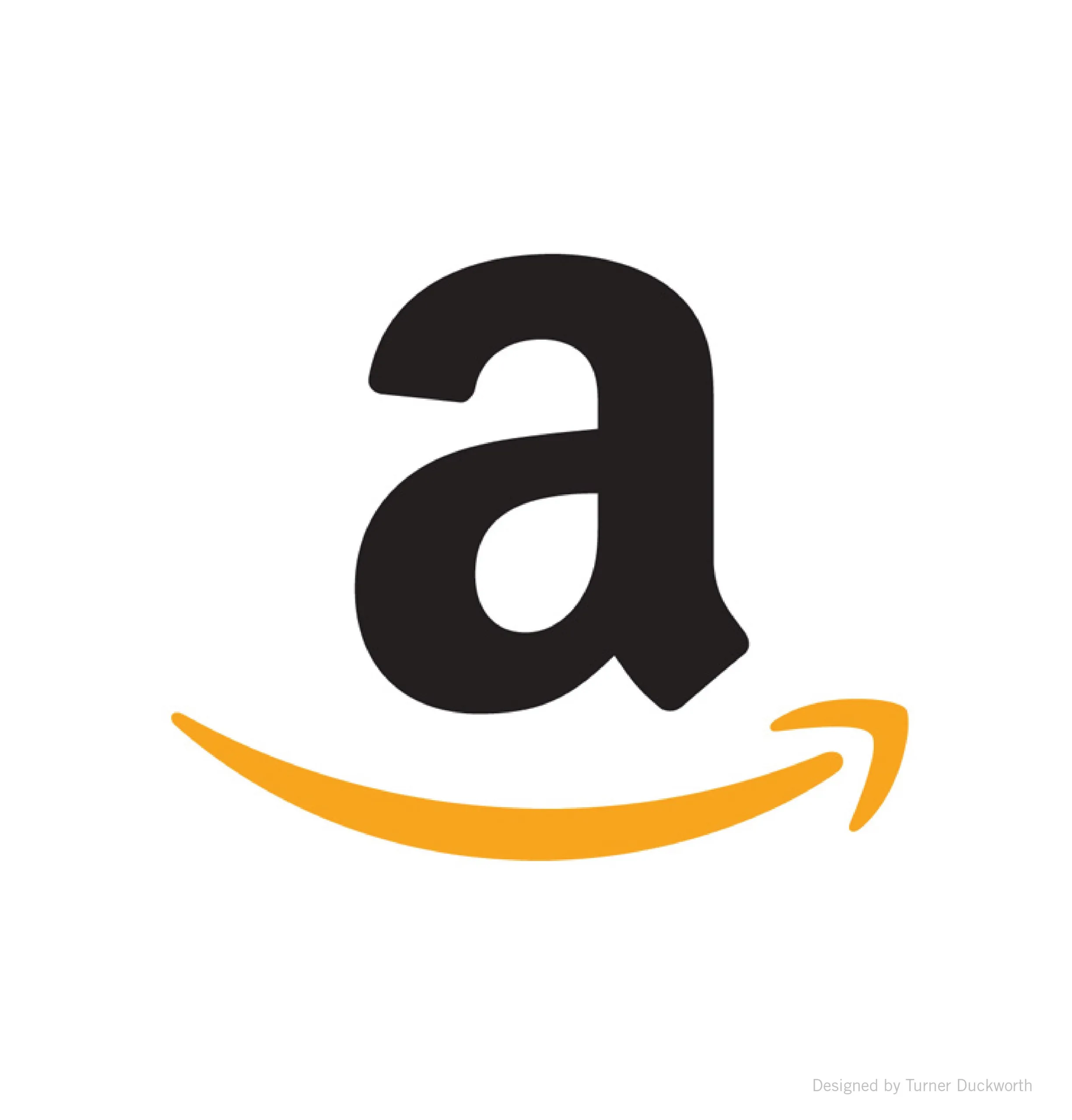
So Amazon just announced free same-day delivery in 14 different metro areas. How do you know if you
Wedding planning can be stressful, but for many, creating the registry is actually fun. After all, i
If you want to emulate all your favorite retro gaming systems quickly and easily, this guide is for
If you’re an Amazon Prime member you understand just how great the benefits are. From free shi
While Supernote’s own built-in E-reader application is actually pretty good there are a whole